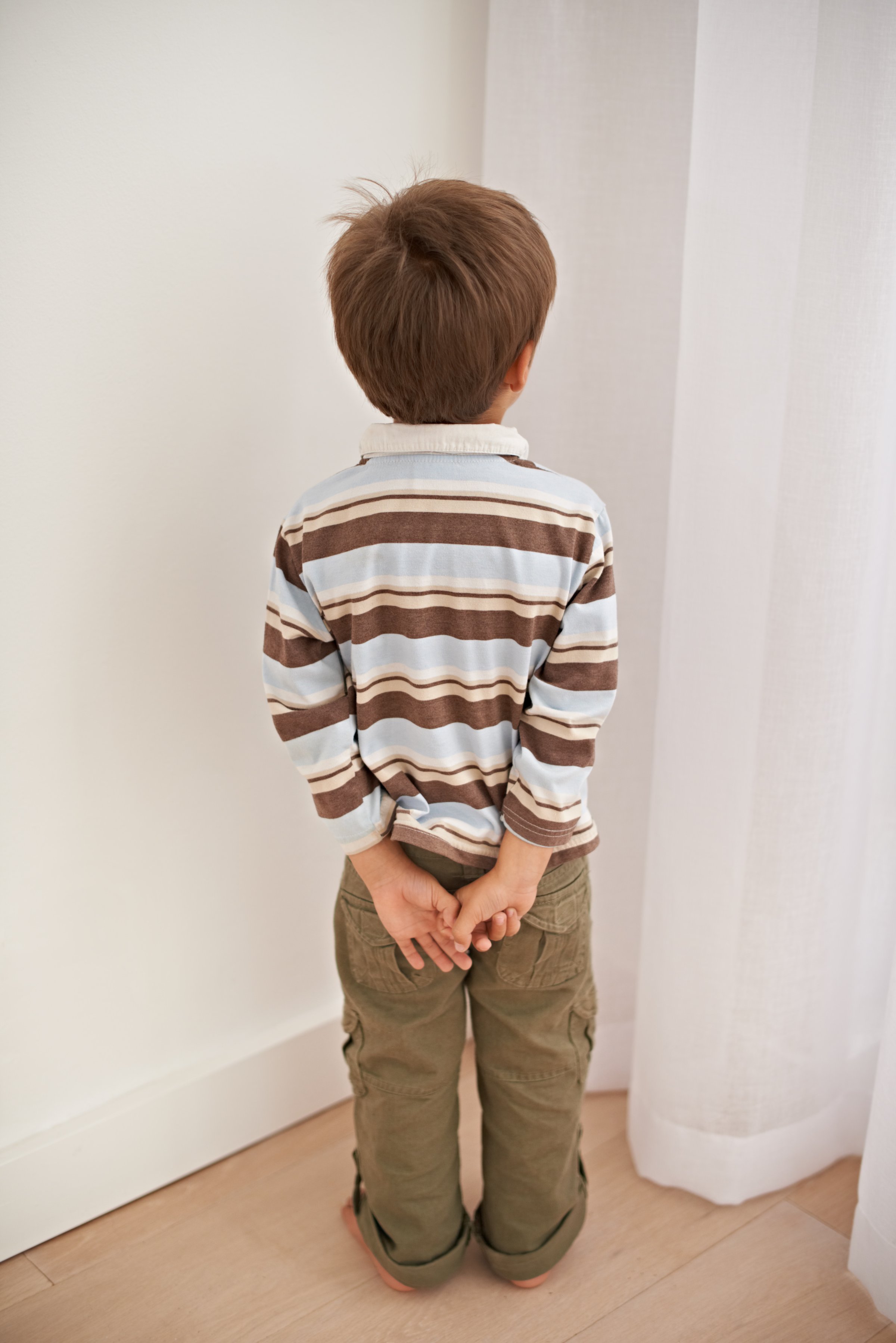
One of the most popular behavior control solutions for experts and parents alike is the time-out. Although time-outs can appear effective in squashing unruly behavior, evidence from the science of child development suggests that they can do much more harm than good in the long run.
Here are three reasons why.
Connection: We are a social species, which means we need relational connection in order to thrive. And the connection between adults and children may be one of the most important foundations of healthy child development. When children are disconnected from their most important adult as punishment for becoming upset, this further impedes their brain’s ability to regulate emotions.
Neuroplasticity: The brain has a remarkable ability to change according to input from the world around it. This means that frequent experiences become incorporated into the child’s blueprint for life. The child comes to expect that feeling upset or out of control will lead to isolation, which in turn, creates more upset.
Development: The normal stages of child development play a role in governing children’s behavior. Children are not small adults. This means children cannot—as opposed to will not—follow through on much of what we might demand of them. Rather, self-control comes about gradually through brain maturation and experience.
When the process of normal, healthy development is not understood, parents can become overly focused on “preparing children for the realities of the adult world” by insisting they exert self-control in a variety of situations. But the immaturity of a child’s brain makes this impossible. Instead of being recognized as age-appropriate, the behavior of upset children is often viewed by adults as willful or naughty.
Parents in this situation want their child to settle down as quickly as possible. But they also hope to help them grow into adults who can handle life’s frustrations and bounce back with resilience. And so, they concoct strategies to maneuver the child into behaving “appropriately,” hoping that the lesson will stick.
Time-outs have been widely embraced as one of these strategies because they appear to work – the behavior stops. Unfortunately, children do not learn to self-regulate through the punishing impact of time-out – they are simply frightened into compliance. The time-out uses the child’s deep need for connection to extract the desired behavior.
To move away from this damaging form of discipline towards something more scientifically and developmentally ideal, adults need to start considering behavior as an expression of a need.
When children are overwhelmed they are naturally equipped to let their adults know. Rather than being a conscious decision to push people’s buttons, their behaviors are really just getting their needs across to their adults. Behavior is communication.
So when a child misbehaves, parents need to respond with compassion, knowing that underneath the behavior is what psychologists call a disregulated brain that requires the support of a caring adult in order to be calmed. In Discipline Without Damage: How to Get Your Kids to Behave Without Messing Them Up, I discuss nine ways to navigate challenging behaviors with your child.
These include responding calmly with care and connection by crouching down to their level, making eye contact and using a sympathetic tone of voice. Prompt a shift in behavior by firmly but kindly saying something like, “that needs to stop,” saving any explanations for “why” until the child has settled. This might seem counterintuitive, and can be challenging when you’re juggling multiple tasks or have more than one child, but don’t let a sense of urgency crowd out what’s most important – your child’s healthy development.
Turn the stove off, or pull the car over to the side of the road, if you have to. Do whatever you can to surround the child who is acting out with your care and connection.
What this empathetic response does is reinforce the neurons in the child’s brain that are related to self-control and regulation. Children become more capable of controlling their behaviors through consistent experiences of being calmed by their caring adults.
Once your child has steadied herself, find a way to have a moment of “togetherness” over a favorite toy or activity. Then revisit what happened, move quickly to providing an expectation for next time—and move on.
This does not mean parenting in an overly permissive way. Quite the contrary! Children absolutely need parents to draw boundaries and hold developmentally-informed expectations. But parents need to do this with an enormous amount of kindness and with limitless emotional connection.
Development and growth will happen. That wonderfully mature, competent human that you dream of your child becoming will happen. And all of this will happen most capably when you parent from a place of connection and compassion.
More Must-Reads From TIME
- The 100 Most Influential People of 2024
- The Revolution of Yulia Navalnaya
- 6 Compliments That Land Every Time
- What's the Deal With the Bitcoin Halving?
- If You're Dating Right Now , You're Brave: Column
- The AI That Could Heal a Divided Internet
- Fallout Is a Brilliant Model for the Future of Video Game Adaptations
- Want Weekly Recs on What to Watch, Read, and More? Sign Up for Worth Your Time
Contact us at letters@time.com